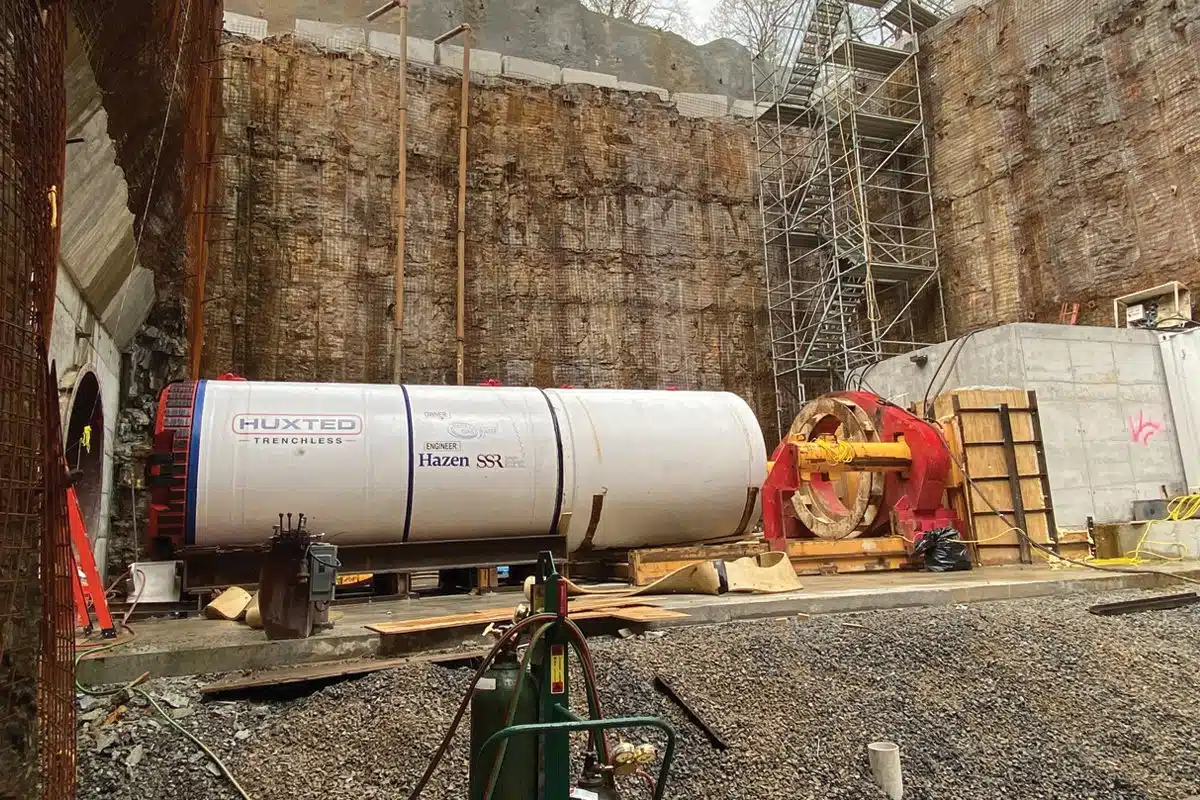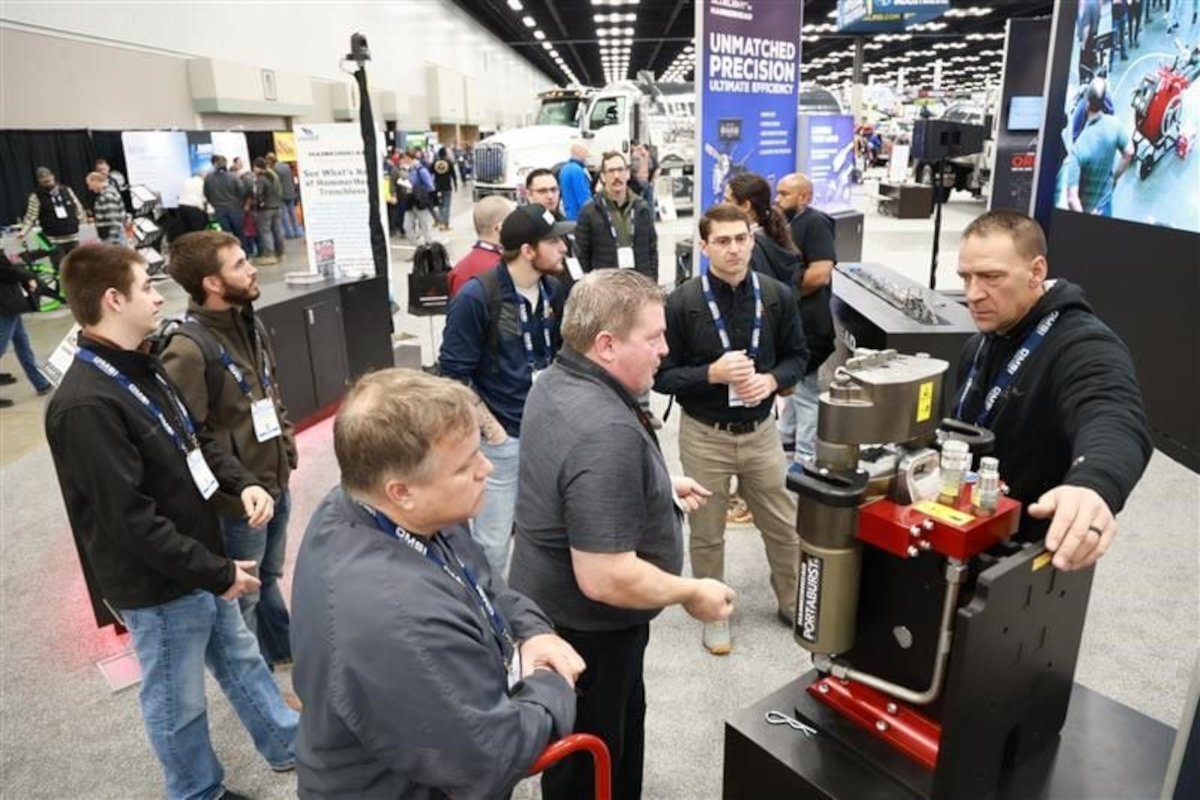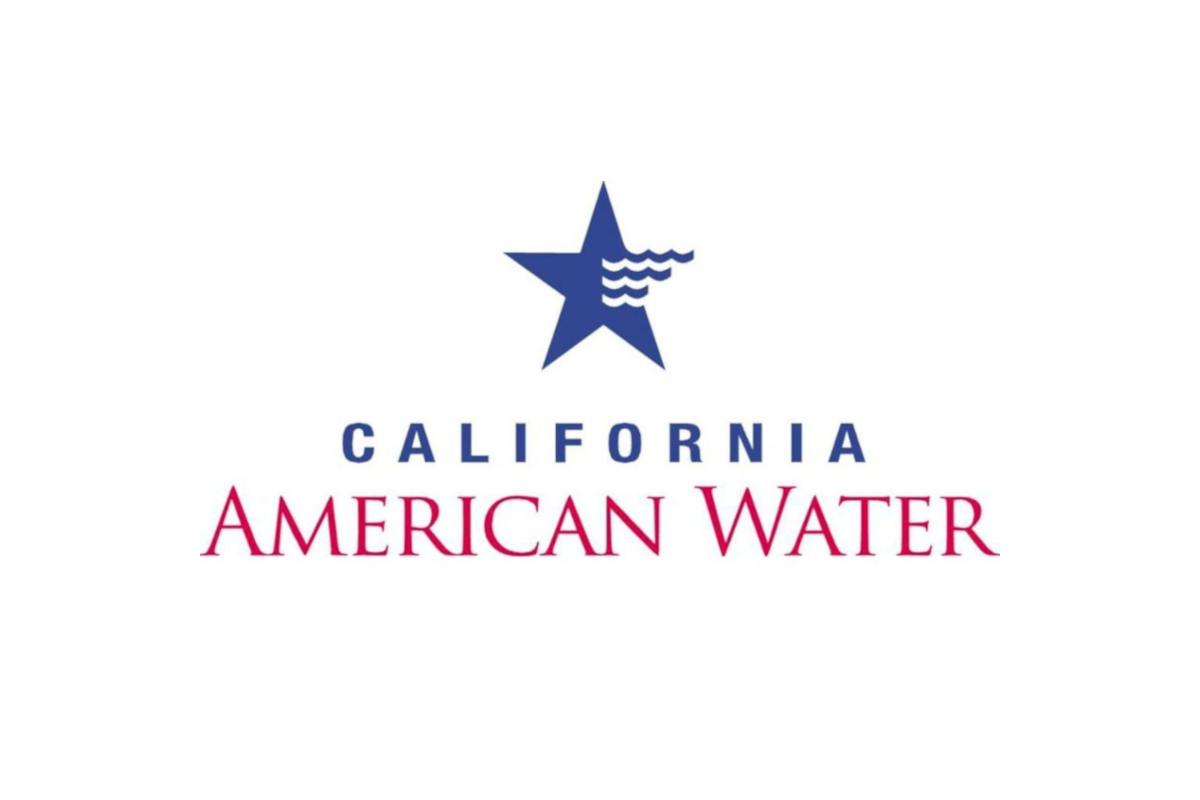
Tunnelling Under Halton for the Zone 4 Feedermain and Reservoir project
August 9, 2017
Project will help meet population demands in Milton, Halton Hills
After several years of planning, Halton Region’s Zone 4 Feedermain and Reservoir project – 12 km of 900 mm and 1,200 mm diameter feedermains (water mains) and a 30 million litre potable water reservoir in the towns of Milton and Halton Hills, Ontario – is under construction.
Halton Region identified the project in its “Sustainable Halton Water and Wastewater Master Plan (2011)” to supply water to Zone 4 in Milton and ultimately support servicing to Georgetown (Halton Hills) and the region’s leadership retained Associated Engineering in 2014 to design the project.

Those involved in the project gather for the launch of the TBM on Feb. 6, 2017, from a 14-m deep secant pile shaft.
Design Challenges
Associated Engineering completed the design of the feedermains and reservoir in November 2015 and the project was awarded to general contractor Kenaidan Contracting Ltd. in January 2016.
RELATED: Compact Tunnel Boring Machines Are Major Players in North America
The 12 km feedermain portion of the project, which comprises 1,200 mm and twin 900 mm pipe, is in the construction phase using both trenchless and open cut methods. The alignment includes the trenchless crossing of six environmentally sensitive creeks, Union Gas transmission lines, six lanes of Highway 401 at the interchange with Trafalgar Road, Canadian Pacific Railway tracks and a number of busy arterial and collector roads.
A comprehensive geotechnical and hydrogeological investigation was undertaken by the design team to determine the varying ground conditions throughout the project alignment and to assist with determining the appropriate tunnelling methodologies for each tunnel section. Associated Engineering and its geotechnical sub consultant Thurber Engineering Ltd. prepared geotechnical baseline reports for the various tunnel drives to assist the contractors with their tender bids, while detailed hydrogeological investigations were under taken by Associated Engineering’s sub consultant Palmer Environmental.
RELATED: Engineering Roundtable
The twin section of feedermain presented many design challenges but none more so than the 2,500-m section of trenchless installation required to cross the Canadian Pacific Railway tracks, Highway 401, entrances to Toronto Premium Outlets, Steele Avenue and a major conservation water crossing.
“Designing the horizontal tunnel alignment around all these obstacles while positioning the tunnel shafts outside the travelled road lanes was challenging; says Cian McDermott, lead civil engineer with Associated Engineering. “Tunnelling through mixed face conditions of glacial tills containing cobbles and boulders with sand seams, and a confined aquifer with artesian pressure 1.5 m above ground level add complexity and risks to the project.”
Community Interaction
Commercial and residential buildings in the area rely on the aquifer for their water source. Due to the interaction with the aquifer, the Region of Halton emphasized the importance to manage and mitigate any well impacts. Associated Engineering appointed Palmer Environmental Consulting Group to undertake an extensive well monitoring program due to the sensitivity of the proposed construction.
Residents and businesses were invited to participate in a voluntary well monitoring program for the duration of the design and construction of the project. Letters were sent out and the project had an exceptional response rate. As a result, nearly 100 wells along the proposed feedermain route are now being monitored. Additional monitoring wells were drilled where coverage using existing residential or business wells was sparse. The wells have been monitored since 2015 and construction started in July 2016.
Tunnel Allignment
The 2,500-m tunnel section has two intermediate shafts located on the south and north sides of the six-lane highway to facilitate the construction of interconnected isolation chambers. The tunnel boring machine (TBM) will tunnel through the two intermediate shafts, stopping briefly for examination and maintenance of the face tools, prior to completing the final 1,100 m leg of the journey.
RELATED: TBMs Dig-in as Saskatoon Continues to be Canada’s Fastest Growing City
The tunnel alignment includes a 600-m radius compound curve through the first intermediate shaft and a 210-m radius curve through the second intermediate shaft to remain within the confines of the Region’s right-of-way and avoid various structures along the route.
Based on the geotechnical and hydrogeological investigations, Associated Engineering specified that the tunnel section be completed using closed face tunnel methodologies. Kenaidan’s tunnelling sub-contractor, Dibco Underground, proposed employing a 3,500 mm Lovat earth pressure balance tunnel boring machine (TBM) with concrete segmental liners for this work.
“The mandating of closed-face tunnelling methods, along with watertight shafts through the aquifer has kept well impacts to a minimum,” says Chris Ewen, senior project advisor with Halton Region. “If something does happen, we have excellent background data to validate any claims of well impact.”
The use of trenchless technology has also benefitted Halton by minimizing traffic impacts.
“The Highway 401, Steeles Avenue and Trafalgar Road area is one of the busiest traffic areas in the Region,” Ewen says. “By staging the tunnelling from four off-road, isolated shaft areas and utilizing trenchless methods under the right-of-way, we have been able to keep traffic impacts to a minimum.”
The TBM was launched on Feb. 6, 2017, from a 14-m deep secant pile shaft located 30 m south of the Canadian Pacific Railway right–of-way. The TBM is currently making its way to the first intermediate shaft located 950 m north of the launch shaft and immediately south of Highway 401.
The launch of the TBM was a key project milestone as it represents the commencement of the critical path activity for Halton Region. The TBM is anticipated to be extracted from the retrieval shaft north of Steeles Avenue in September of 2018, which will enable the contractor to install the final section of twin 900 m feedermains within the tunnel section and therefore complete the linear portion of the works.
Jason Lueke, Ph.D., P.Eng, is the National Practice Leader for Trenchless Technologies at Associated Engineering based out of their Edmonton office.




